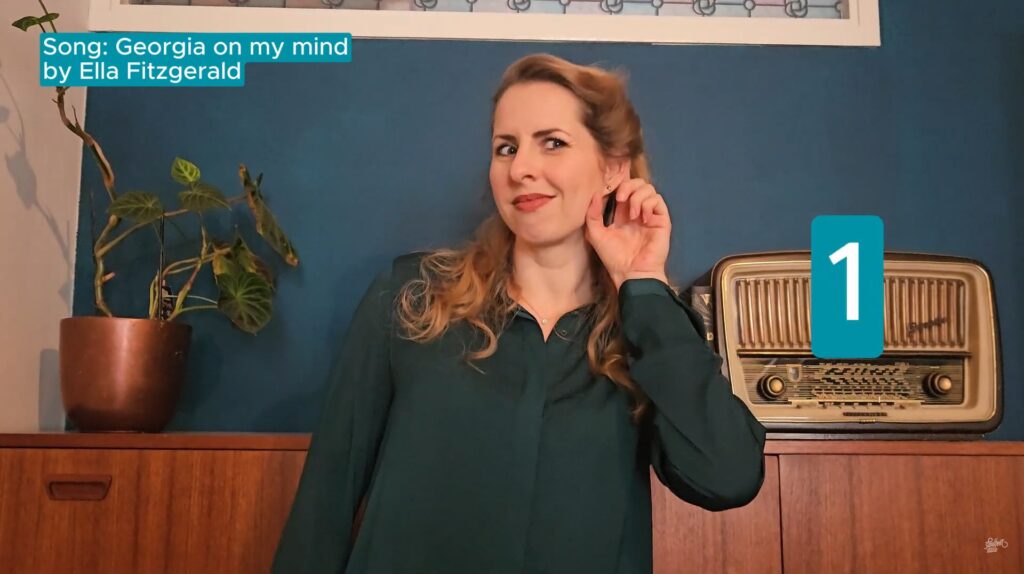Jazz, a genre synonymous with spontaneity and rhythm, can be intriguing yet challenging for Swing dancers, especially when it comes to deciphering its complex rhythms. At its core, Jazz often revolves around an 8-count rhythm, a fundamental pattern that lays the foundation for the fluid and dynamic movements in Swing dance. Being able to find count one as a dancer, helps us in dancing to the music, to move with correct timing and rhythm to match the music. This doesn’t mean all moves have to start on count one. But it is a special anchor that connects a dancer to the music. So, let’s dive into this magic count one. How can we find it?

How one hears count one, differs from person to person. Some say that count one often heralds a distinct sound, a pivotal moment where the rhythm section, which includes drums, bass, and occasionally piano, introduces a specific emphasis.
I personally don’t often hear a distinct beat on count one. For me, the 8 counts of a phrase (as we call the 8 counts together) form a sentence. And just like when we are talking, you can hear it when someone finishes a sentence. Mind that this approach doesn’t mean you should only focus on vocals in a song. Because as you will soon discover, singers often don’t start singing on count one. Focus on the instruments and the melody instead, they form a sentence with a clear beginning and ending.
Is it mandatory to start your dance or moves on count one? What if a move is longer or shorter than 8 counts? Let’s demystify this: there’s no hard rule about starting on count one. Once you’re immersed in dancing, you’ll notice that moves fluidly transition into each other, often independent of the count one. However, as your experience and musicality grows, you’ll find that the structure of jazz songs might subtly guide your dance. For instance, you might sense the conclusion of a musical phrase (this is where understanding musical patterns becomes vital) or feel that count one naturally cues a transition from a basic step to a more complex move or from a move in closed position to an open position. Understanding and recognizing count one is not about strict adherence; it’s about enriching your dance with musicality and intuition.
I made this little video for you, to help you train in hearing count one in jazz music. My advice would be to use it as follows:
You can try these exercises every day. And soon you will notice that you will hear count one! And once you hear it, you can’t unhear it ;).
Jazz is known for its improvisational nature, which can sometimes make counting challenging. However, understanding the structure of jazz and its common variations can help. Even in the most complex improvisational pieces, the underlying 8-count rhythm remains constant. Pay attention to live jazz performances and notice how musicians play around the rhythm while keeping the fundamental count intact. This will not only improve your counting but also deepen your appreciation for jazz music.
Incorporating counting into your dance routines is more than a technical exercise; it’s about making music and movement one. Whether you’re leading or following in Swing dance, counting helps in staying synchronized with the music and your partner. Practice counting aloud during classes and encourage your partner to do the same. This mutual awareness of the rhythm fosters a more connected and fluid dancing experience.
Identifying the count one in jazz music is a skill that develops with time and practice. It’s about training your ear to the nuances of jazz rhythms and allowing your body to internalize these beats. Remember, the more you listen and practice, the more instinctive finding the count one will become. Embrace this journey of musical exploration and let it enhance your dance experience at every step.
On the right you will find our Spotify play list, filled with slow Swing songs, perfect for Slow Bal or other slow Swing dances. Listen to the music and have fun finding that count one!
The video on the right was created for my social media accounts, but of course you can also use this one to practice your counting.